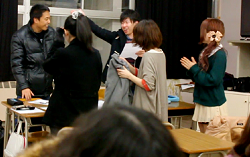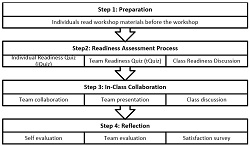Vaill [10, 1, p. 24] saw traditional education as a “system for indoctrination and control” that is insufficient for meeting the needs of individuals, organizations, and society to continuously learn. While the era of lifetime employment upon graduation seems to be anachronistic, Vaill asserted that lifelong learning is becoming “a way of being…never over or complete.” The more individuals learn, the more they will realize what they do not know. These forces drive a shift from traditional education for the masses through institutions toward perpetual learning that is integrated into all aspects of life to meet the developmental needs of individuals, organizations, and society.
Somewhat to the derision of traditional institutions, the last generation has seen many nontraditional and for-profit programs rise to meet the needs of perpetual learners [11]. While laying the foundation for traditional institutions to follow, the nontraditional programs also seem to take on some traditional characteristics as they mature.
Meanwhile, while traditional educators generally disdain nontraditional programs, they note the large influx of students into nontraditional programs. In response, they attempt to adopt best practices from nontraditional institutions to remain relevant in a dynamically changing environment [11]. For example, through Berg’s Lesson from the Edge, the American Council of Education has published recommendations for transforming traditional universities based on a thorough analysis of for-profit and nontraditional education programs.
Adult programs in traditional environments benefit when they implement an autonomous structure that clearly addresses the needs of adult learners while remaining aligned with the organizational purpose.




